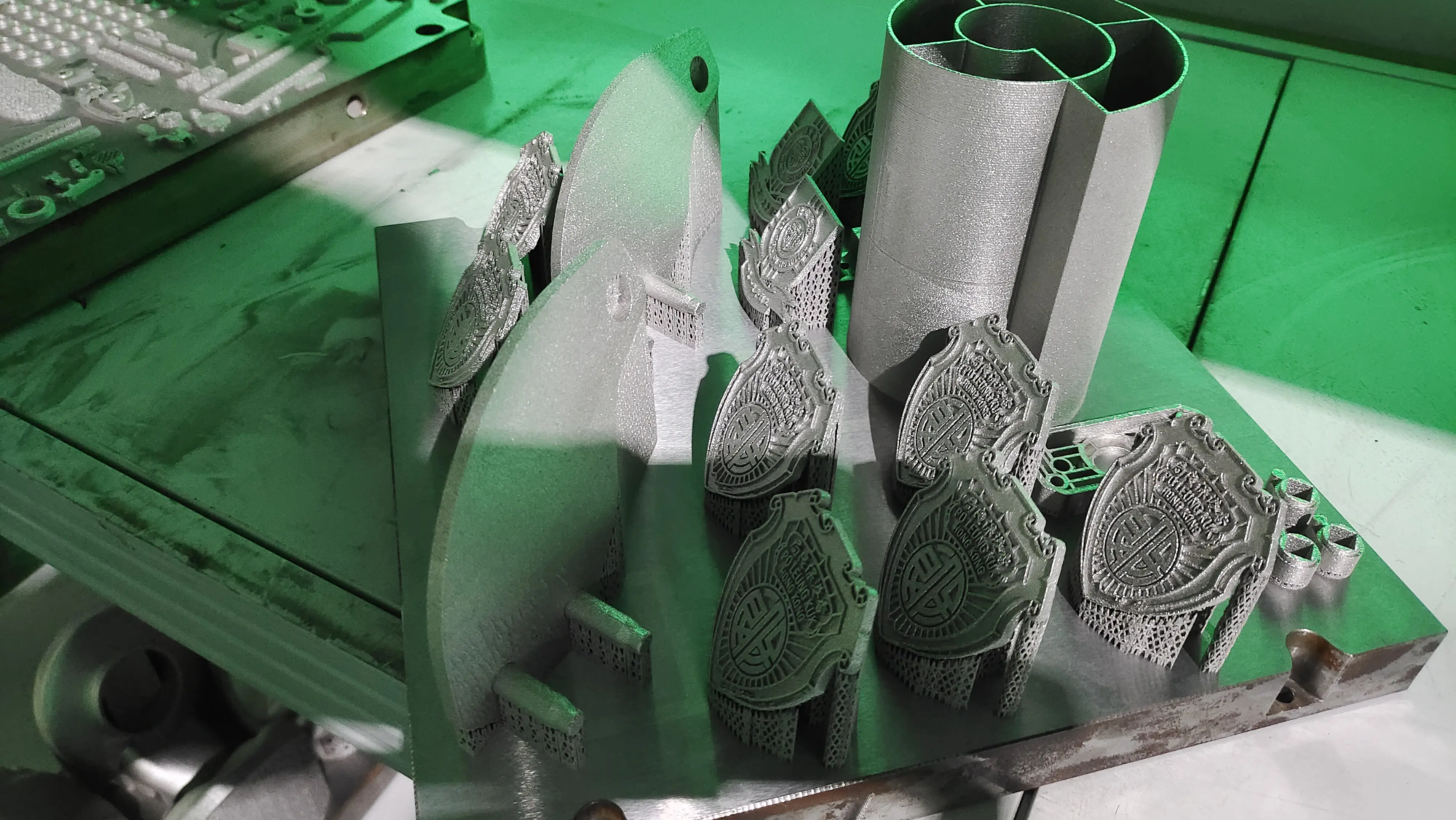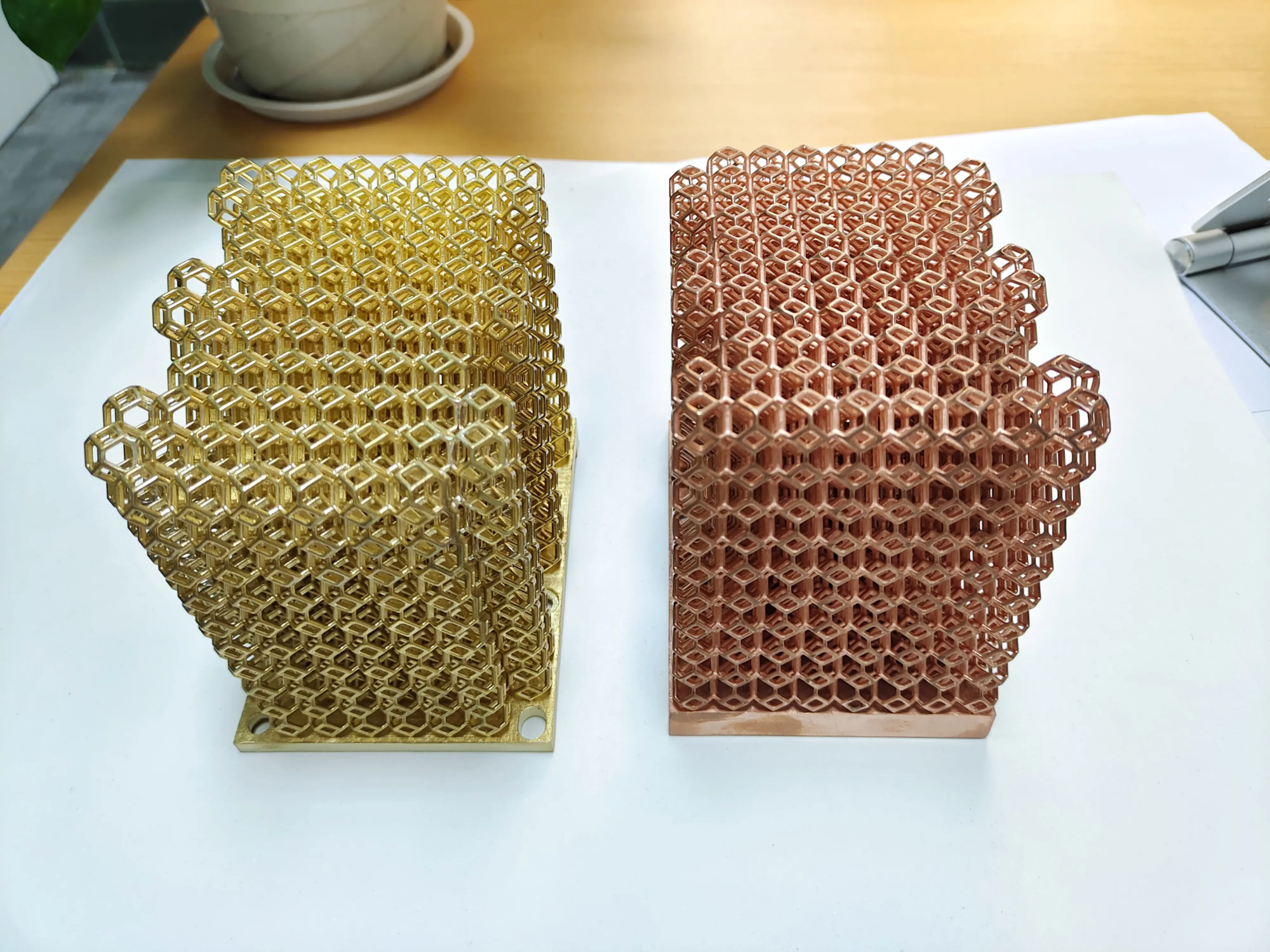Final Guide to 3D Printing of Food Safety Resin: Materials, Methods and Safety Protocols
There is no denying the charm of 3D printed custom kitchenware, cookie cutter or unique beverage tools. With the progress of resin 3D printing, food safety issues will inevitably arise. Can you safely print items with resin from food or beverages? The answer is complex, but it can be achieved through strict protocols. This guide uncovers key considerations and proven methods for creating functional food contact items with resin 3D printing.
Why does ordinary resins unsafely conduct food contact?
Standard resin – even labeled resin "Biocompatibility" or "Non-toxic"-yes no Food safety. Why:
- Remaining monomers and optical: Unfixed ingredients are immersed in food.
- Microporosity: Layer lines produce microscopic cavity to capture bacteria and organic matter.
- Chemical leaching: Substances such as phthalates or heavy metals may migrate to food.
- Poor cleanability: The rough surface will hide pathogens even after washing.
Basic pillars for food safety resin printing
Achieving security requires active measures on four pillars:
1. Choose a real food grade resin
- Certification is the key: Priority is given to the priority of obtaining the resins of FDA 21 CFR 177 or EU 10/2011 standards. These regulate food contact polymers.
- avoid "Food Safety" Marketing Proposition: Verify compliance documents; do not rely on labels alone.
- Ordinary food safety resin: Looking for:
- Epoxy resin-based resin: Naturally, it will reduce post-porous treatment.
- Professional food safety formula: Brands like Siraya Tech Blu (FDA compliant). Polypropylene or polyethylene-like photopolymers are emerging.
- Material Limitation: Even certified resins require post-treatment.
2. Optimized printing and post-processing
Minimize the risk of source:
- High resolution printing: Smaller layer heights (e.g. 0.025-0.05mm) reduce surface roughness and internal voids.
- Sturdy wash: Post-printing, bath printing Fresh Isopropanol (IPA) ≥10 minutes, stir thoroughly. Use double bath cleaning to perform complex parts. warn: Unfixed resin residues are toxic.
- Thoroughly solidified: After brushing, print in the UV room. Increase exposure time beyond manufacturer specifications (e.g. 10-15 minutes per side) to maximize monomer conversion.
3. Sealing: Unnegotiable steps
This is very important. Sealing eliminates porosity and creates physical barriers:
- FDA-compliant food safety epoxy resin: Apply multiple thin layers (e.g. Artresin, Stone Coat countertop). Ensure full coverage and curing as directed.
- Food grade silicone coating: Suitable for parts that require flexibility.
- Polyurethane for drinking water safety: Used for specific applications.
- avoid "Natural" Sealant: Shellac/beeswax is not sound enough.
4. Strict safety testing (for professional use)
- Migration test: Professional laboratory evaluations have confirmed that there is no leaching of harmful substances.
- Dishwasher safety: Test the temperature/chemical resistance of the coating. Washing hands is usually safer.
Complete post-processing is crucial. (Explanatory image).
Practical Guide to Safe Use
- Avoid high temperatures/temperatures: Resin softens or degrades; not suitable for hot liquids or ovens.
- Handwash only: Use mild soap and soft sponge; avoid abrasives or dishwasher.
- Regular inspection: If scratches, turbidity or cracks form, discard the item.
- One-time caution: Cookie cutter/temporary molds use coated resin; discard after use.
- No alcohol/acid: Avoid prolonged contact with vinegar, lemon juice or spirits.
Why work with professionals like Greatlight?
While DIY is available, ensuring true food safety requires industrial rigor. As a verification leader in rapid prototyping, Great Using science-driven processes:
- Expert verification: Our team validates resin certification and employs engineered post-processing workflows.
- Advanced facilities: Precision cleaning systems, controlled UV curing chambers and regulated coating applications ensure consistency beyond DIY.
- Material procurement and testing: We sourced validation of food-compliant resins and offer laboratory testing options.
- Full-service method: From print optimization to sealing and quality assurance, we offer end-to-end safety compliance – ideal for prototypes, batch production (e.g., molds) or custom functional parts.
In summary
Create food safety items yes 3D printing by resin can be done, but requires meticulous effort: certified materials, surgical printing accuracy, intensive cleaning, mandatory sealing with food-grade epoxy resins, and careful use. While home printing involves inherent risks, professional services can greatly mitigate these risks. This technology has great potential but respects chemistry. Food safety is not negotiable.
FAQ: 3D printing of food safety resins
Question 1: Can I use any resin labeled as “nontoxic” for food?
Year. "Non-toxic" It does not mean food safety. A well-verified resin or equivalent standard is suitable only according to FDA 21 CFR 177, but a seal is still required.
Q2: Can thorough UV curing make resin food safe?
Answer: Curing can reduce toxicity, but it cannot eliminate micropores or ensure zero leaching. Sealing is truly food safety.
Question 3: Can sealed resin items be placed in the dishwasher?
A: Usually, no. Repeat high calorie and detergent degradation coatings. It is recommended to wash your hands with gentle soap.
Question 4: Are PLA filaments safer than food-infected resins?
A: Although PET or PLA is "More safe" They still have porosity due to chemistry being simpler. The coating is ideal. When sealing professionally, the resin has a comparable performance.
Q5: How long does the food safety coating last?
A: With gentle use/washing hands, professional epoxy coatings can be used for several years. Monitoring for scratches or cloudiness indicates degradation.
Question 6: Can Greatlight make food molds or cooking tools?
Answer: Absolute. We specialize in prototyping and small batch production of food safety molds using proven resins and finishing techniques.
Safely reimagine your cooking concept. Leverage our expertise in precision resin printing, proven food-grade materials and advanced sealing technologies. Please visit Greatlight Rapid Itypying to consult your food safety project. Excellence is not optional, it is built-in.





